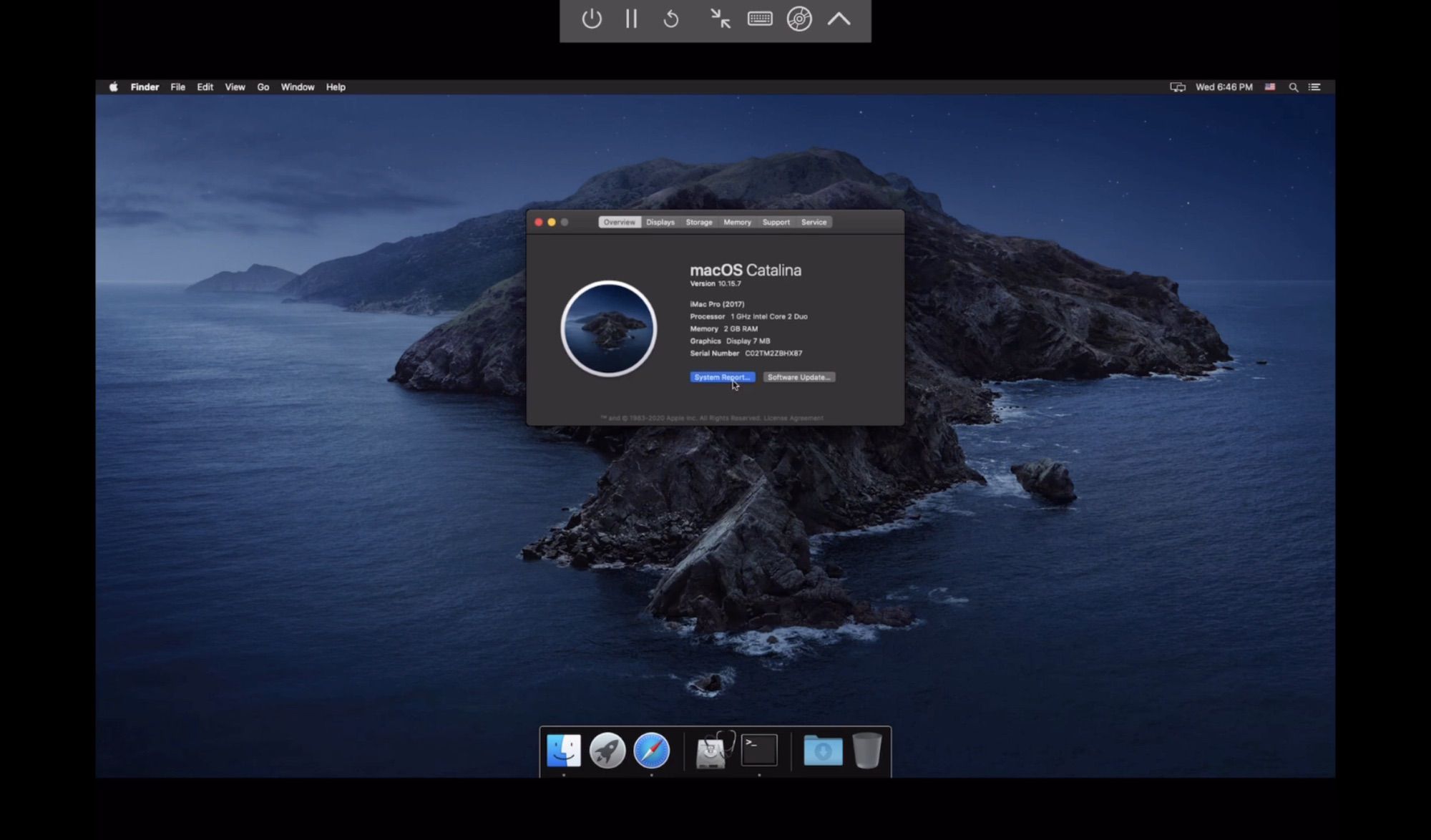The Hack (demo) Mac OS
PCE.js Mac Plus emulator running Mac OS System 7 — a hack by James Friend PCE.js emulates classic computers in the browser. This is a simulation of a Classic Macintosh from 1984, running System 7.0.1 with MacPaint, MacDraw, and Kid Pix.
- Hackintosh.com links to everything you need to build a Hackintosh and get macOS Big Sur (macOS 11) as well as many earlier versions of Mac OS X running on an unsupported computer - instructions, step-by-step 'how to' guides, and tutorials - in addition to installation videos, lists of compatible computers and parts, and communities for support.
- Mac OS 10.8 'Mountain Lion', however, has dropped tcpwrappers from the operating system. If you do run hunt on a server connected directly to the Internet, use firewall rules to control who can connect to the huntd server rather than hosts.allow and hosts.deny.
- Anyone with an interest in the world of computers – or who just wants to feel like a movie hacker - should try Hacknet. The beauty of the game is that not only does it give you the feeling of being a hero with a purpose, it also teaches you programming and network architecture.
If you want to know the ins and outs of Mac OS X, talk to the people who spend the most time with it — the hard-core hackers and coders who descend upon Dearborn, Michigan each year for the MacHack conference. Like all Mac users, those attending MacHack last month are still learning their way around the new operating system. But discovering the finer points of OS X was a major focus at this year’s conference.
The verdict? While criticism about the OS was plentiful, questions replaced complaints, demonstrations replaced sarcasm, and patience replaced ire as attendees of the conference worked to learn everything they could about OS X.
Coders’ biggest complaints concerned performance and documentation. Developer after developer pointed out how certain items would run slowly, in some cases too slowly, to be a part of a shipping product, they argued. MacHack attendees also criticized the Classic environment for opening too slowly, looking terrible behind the Aqua interface, and running applications too slowly.

Nevertheless, many coders readily conceded that updates made by Apple since the release of OS X have addressed some performance issues. And Apple had a major presence at MacHack, sending more than two dozen representatives to the conference to answer questions, conduct sessions, help coders with hacks and professional products, and take developers’ concerns back to Cupertino. Apple also sent four members from technical publications to help developers at the conference.
The Hack (demo) Mac Os 11
Even before MacHack began, attendees were asked to comment on their top 100 issues with OS X. After almost two hours, more than 100 comments, questions, and concerns had been documented. Attendees voted on each, with a finalized list submitted to Apple at the end of MacHack.
Apple representatives hope that list — as well as their heavy presence at MacHack — will help developers target problem areas and optimize applications’ performance in the new OS.
Documentation was another area of concern for MacHack attendees, who repeatedly asked for documentation of one feature or another during the conference. To that end, Apple released the second book in its Inside Mac OS X series about a month ago — Inside Mac OS X Performance.
Apple intentionally made the performance book the second installment in the series, company representatives said, since it addresses one of the paramount concerns of developers. Mac developers are feverishly at work on OS X-native versions of their products to meet Apple CEO Steve Jobs’s forecast that the bulk of applications for the new OS would arrive this summer.
It wouldn’t be an OS X discussion without a debate over the Aqua interface. Among dozens of issues, MacHack attendees wanted additional support for function keys, the ability to either customize the Dock or allow third parties to replace the Dock, easier ways to get screen shots, and better support for multiple monitors.
Still, few at MacHack’s Hack Show decided to hack OS X’s Aqua interface. “You need to know how it works before you can hack it,” said one developer, speaking on condition of anonymity.
Apart from OS X, AltiVec was also a topic of conversation at MacHack, thanks to a paper titled Practical AltiVec Strategies presented at the conference by California Institute of Technology professor Dr. Ian Ollmann. Ollmann suggested that AltiVec is a powerful performance-enhancing tool in the G4 processor that is underused because little is known about it. Ollmann went on to outline the general theory of Single Instruction, Multiple Data (SMID) development and how to generally optimize one’s application for it.

Ollmann won the best paper at MacHack this year, so perhaps his work will have a significant impact beyond the conference in the form of more AltiVec-enabled applications. After all, the winning hack this year was AltiVec-enabled.
|
The programs provided in this collection are for demonstration purposes only and require Mac OS X 10.4.6
|
| ||||||||||
|
The Hack (demo) Mac Os 7
ATI, SMARTSHADER and RADEON are trademarks and/or registered trademarks of ATI Technologies, Inc. QuickTime, QuickDraw, Mac, Mac OS, Mac OS X and Macintosh are trademarks and/or registered trademarks of Apple Computer, Inc.
All other company and/or registered trademarks are trademarks and/or registered trademarks of their respective manufacturers.
Copyright © ATI Technologies Inc., 2006
www.ati.com